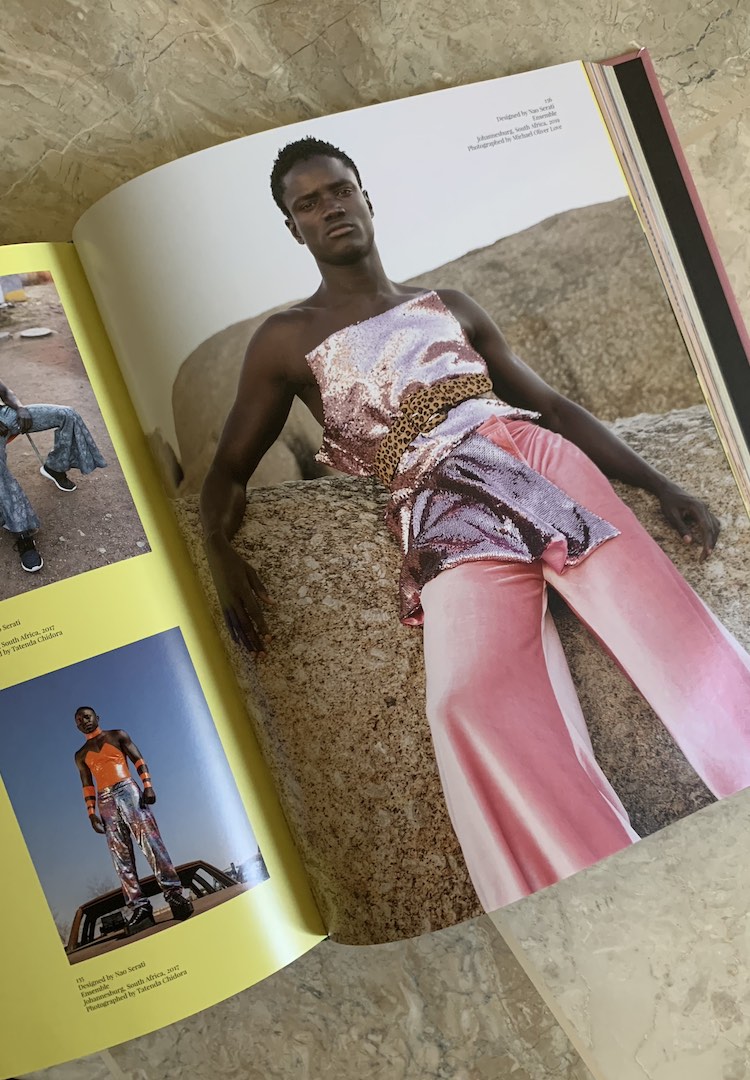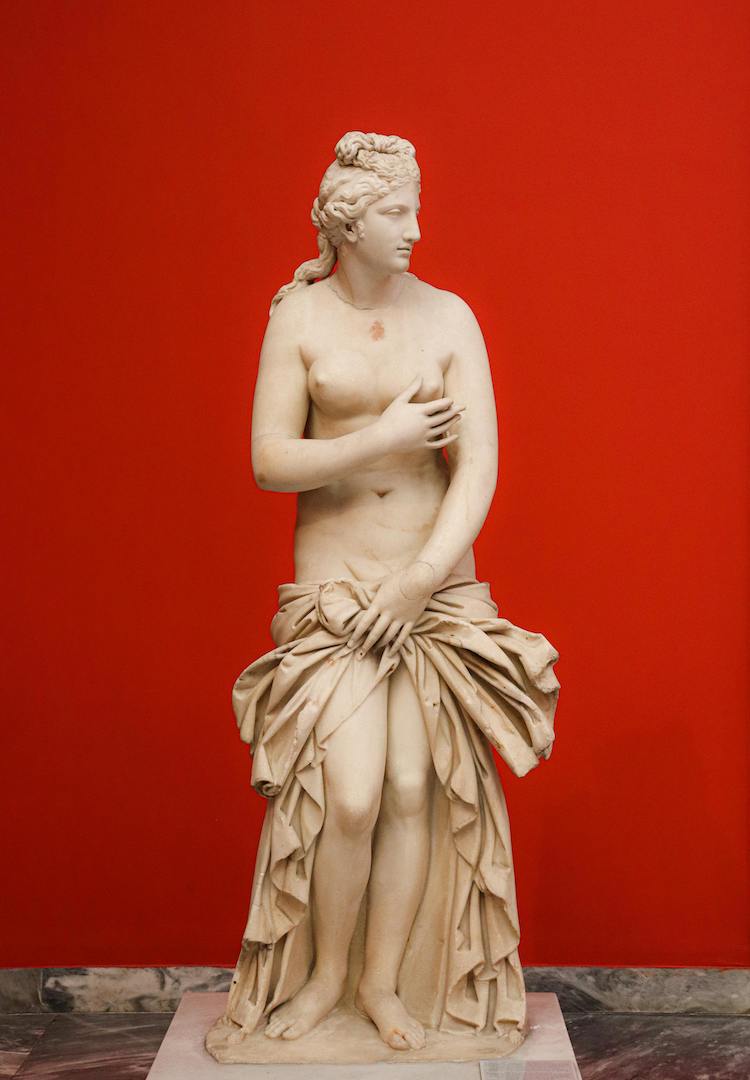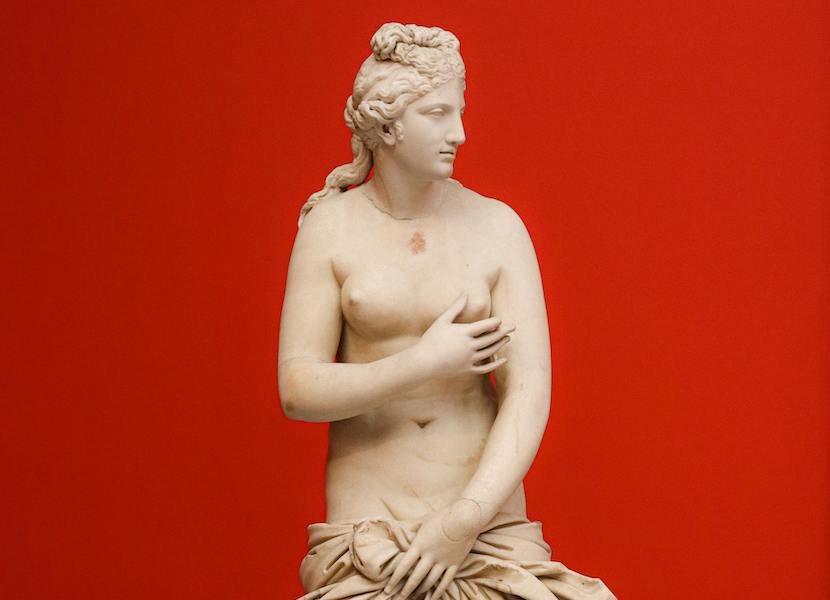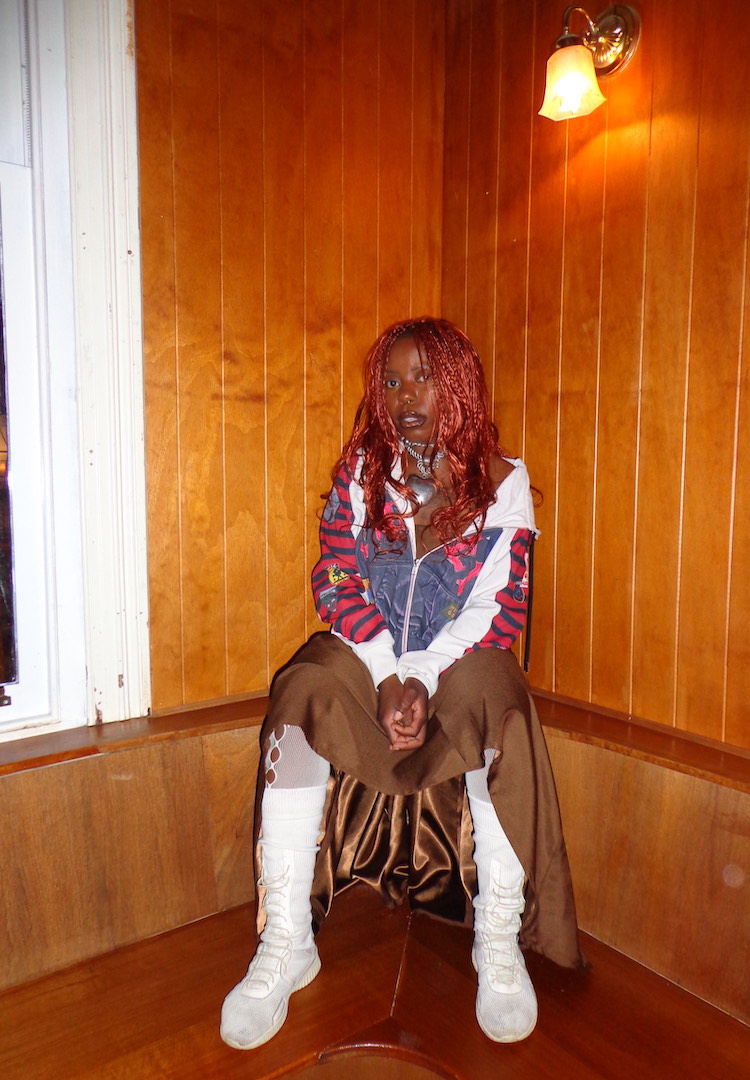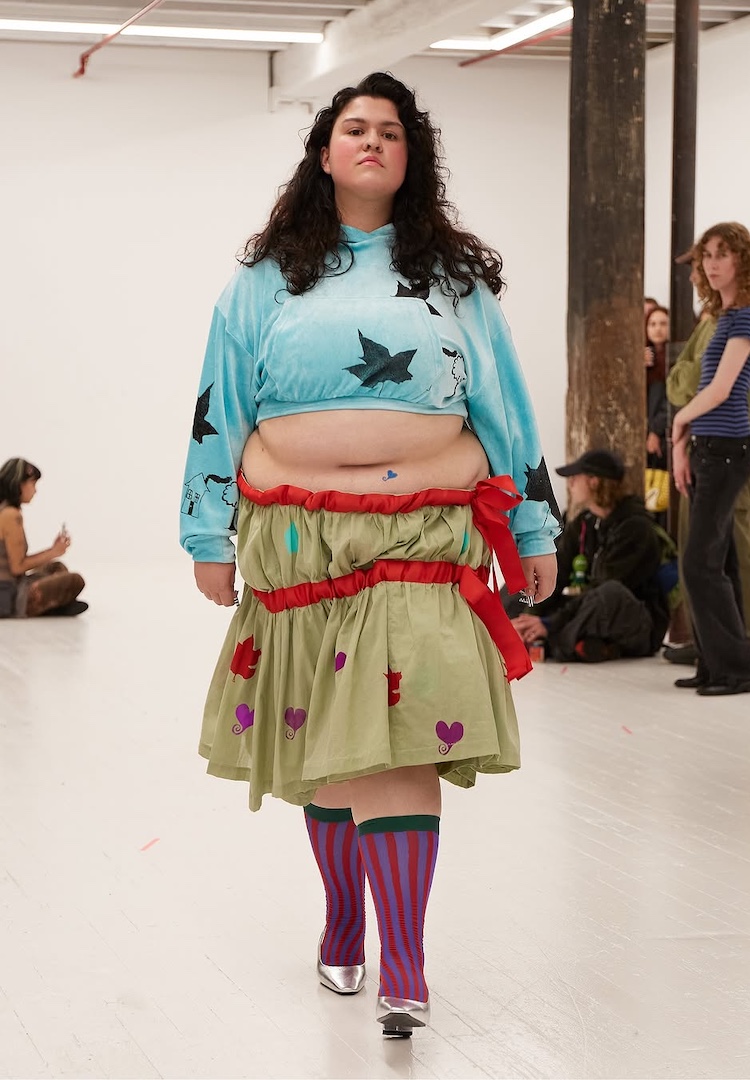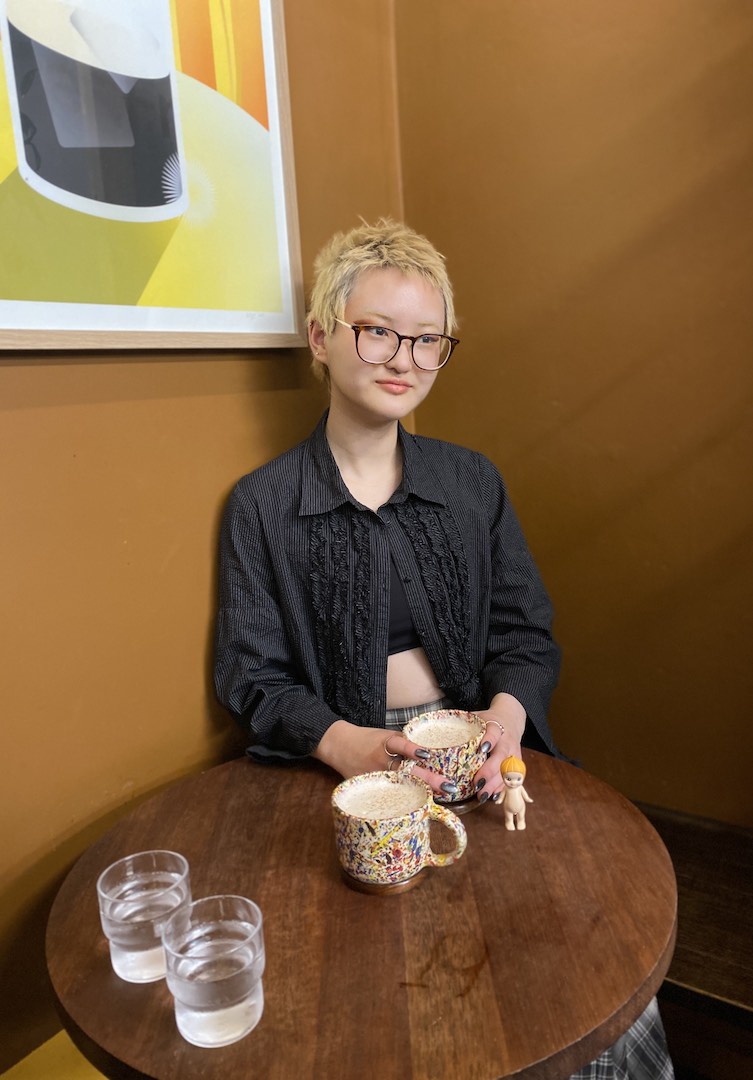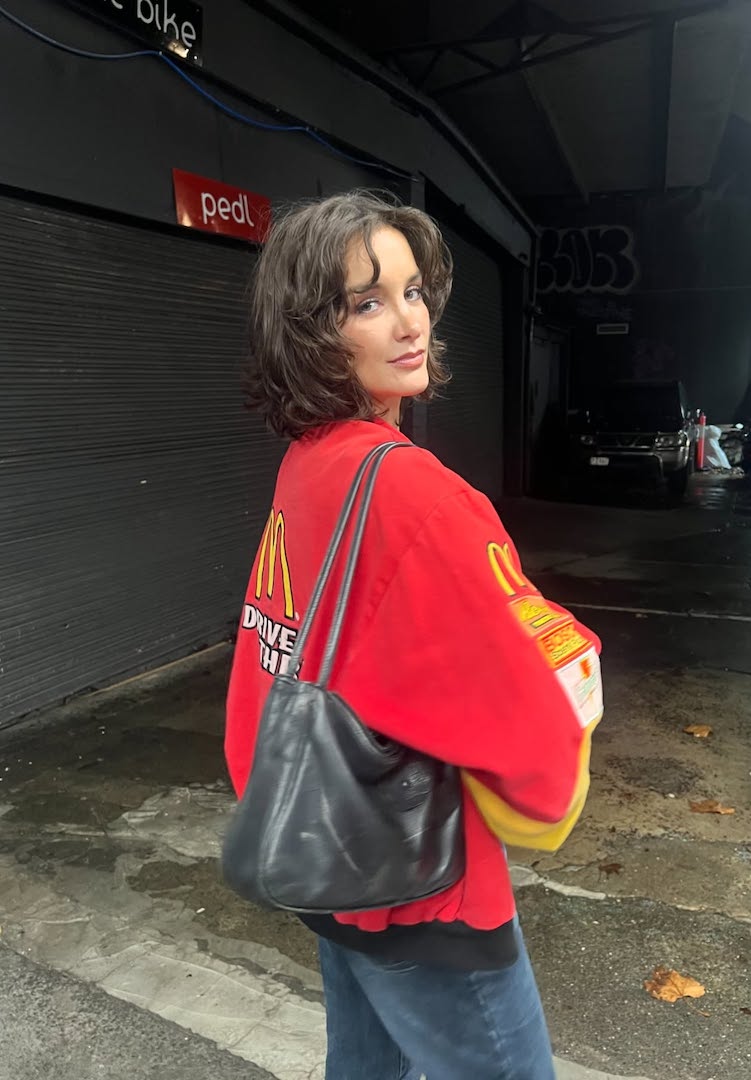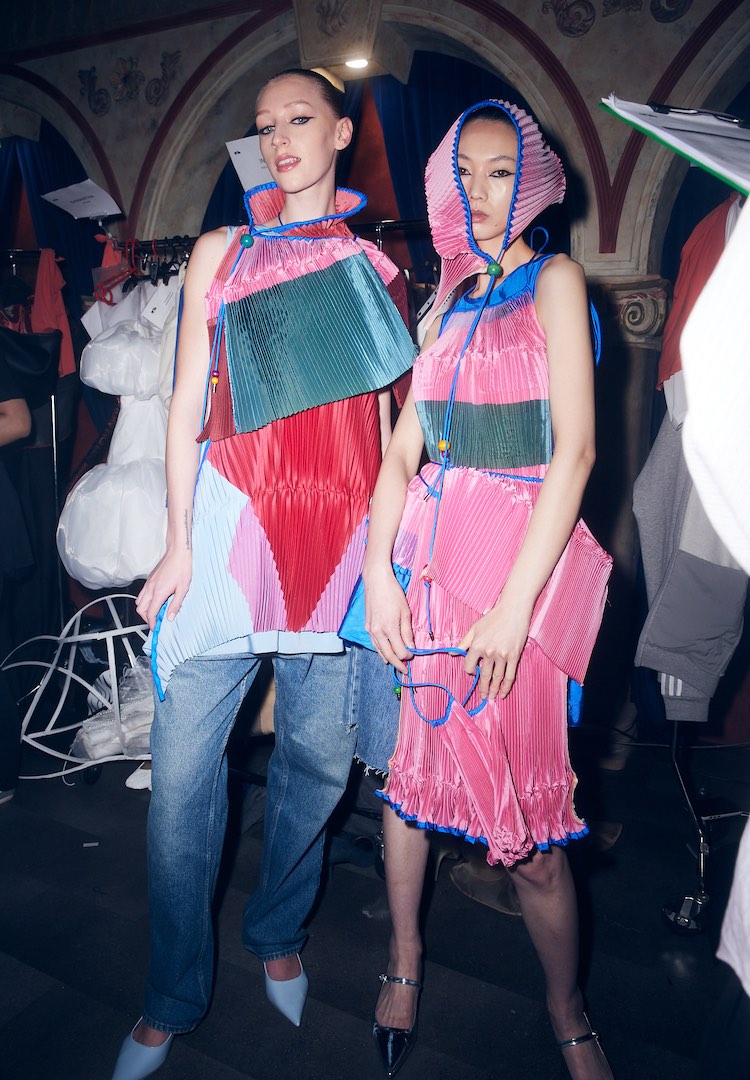“I’m a pear, so I can’t wear that”: Myths about dressing for your body type
Words by Lara Daly
“We need to be aware that generalisations don’t help us find our style, personalised information that matches fashion sizing and availability today does.”
Most of us know our usual clothing size, a number on a tag that naturally fluctuates throughout our lives. But with no standardised sizing system in Australia, navigating the retail racks or shopping online can be a minefield. And when it comes to knowing what ‘body type’ or shape we fall into, the interpretations are even more subjective.
I don’t know exactly how or when I learnt about body shapes and the fruit-centric terms used to describe them. But like most millennials, I grew up with a mother who owned a certain pink and purple book with two British women on the cover: Trinny and Susannah. It was called The Body Shape Bible, and in it, you could learn whether you were a skittle, a goblet, an hourglass, a column, an apple, a pear, a lollipop, the list goes on. I think one of them was literally “a brick”. We laugh at it now, but women like my mother adored the no-nonsense message Trinny and Susannah preached – that it’s proportion, not size, that matters.
For more fashion news, shoots, articles and features, head to our Fashion section.
Someone who has heard all the misconceptions about dressing for different body types is stylist and founder of Australian Style Institute, Lauren Di Bartolo. “Body shape myths have existed for decades, influenced by popular culture and the media, and like the current trend cycle, they’re changing faster than ever,” she says.
As Lauren points out, you just need to look back at art through history to see how the ‘ideal’ body shape changes and re-emerges over time. “Take Botticelli’s subjects, with elements of softness and illuminated curves, some of these features were the basis of surgical trends in recent years. A stark contrast to the ’90s grunge era where ‘skinny’ models became the ideal,” she says.
“The pressure that body shape trends place on people is not only exhausting, but unrealistic. When we focus on a popularised ‘ideal’ body shape, we eliminate the thousands of other variables that carry people throughout their life.”
While Lauren often dispels these ingrained myths, I’m sure she also comes across people who want some practical tips on dressing. I can’t be the only one out there who is stuck thinking they can’t wear a certain style because a dusty book from 2008 told them so (cap-sleeve T-shirts have been my enemy since I was 12). So I spoke to Lauren to get some updated advice.
Fashion Journal: As a stylist, are there certain ‘rules’ or tricks that genuinely are helpful to follow, in terms of helping clients dress for their shape?
Lauren: Shape and size are different. Finding your ‘shape’ is about understanding your proportions, what areas of your shape make you feel good when you highlight them, and any areas you feel more comfortable to conceal, regardless of the reason.
Tip one: The mirror lies. There’s a level of distortion that happens when we’re assessing ourselves, so it’s worthwhile taking a full-length selfie in front of the mirror or a timed photo in something that is form-fitting. Crop your face out and look at the shape, what areas do you like? Is there an area you’ve overlooked when shopping? Does any part of your shape look disproportionate, for example, are your shoulders much narrower than your hips? If you want to create more balance, that’s where styling principles come into play.
Tip two: Shop consciously. Look for shapes different to the ones you usually go for, it’s the fastest way to see just how different (and amazing) your shape can look.
Dressing for your body type feels very Trinny-and-Susannah-coded. Where do you think these ideas came from and how have they changed?
Body shape labels such as the ‘pear’ and ‘apple’ were popularised most famously by Trinny and Susannah. They attempted to help people determine which category they belonged to, across a worldwide audience, but this, like many binary image systems can limiting.
While they have changed, many myths are communicated by the people we grow up with, whether that be friends or family. “We have big thighs in this family,” is something I’ve heard more than once. We need to be aware that generalisations don’t help us find our style, personalised information that matches fashion sizing and availability today does.
Speaking of the above, is there any merit to knowing which category you fit into?
It can be helpful to know which areas you want to emphasise or balance, using recommendations to do that. But they’re a generalised guide, not a customised solution or strategy to shop better.
What’s the most common challenge you see clients face when dressing for their body shape?
Habitual shopping patterns that limit the options they find, often leading to a style rut. Generally clients who have gained weight are reluctant to look at their shape but it’s the most powerful way to get comfortable dressing the body you’re in today.
What are your tips for people struggling to find clothes that suit their body type?
Follow content creators who have body shapes similar to yours, it’s a great way to see how other people style a shape similar to yours. From there it’s about finding your style.
Fit is key, which is why tailoring looks amazing on so many people. If you have no need or interest in a suit, look to get your clothes altered if they’re not sitting on your body the way you would like them to.
Do you have any tips for adjusting your wardrobe when your body type changes?
There’s no right or wrong here but in my extensive experience, I’ve rarely seen value in keeping items that no longer fit for more than a year. By the time your shape changes again, so has your style.
As we’re heading into summer, I’d love to know your suggestions when shopping for skirts and swimwear. What should we consider in terms of shape?
Firstly, length is going to be key to finding something that suits your height and proportions. Waist height is also so important for the way a garment sits, but for skirts in particular. If you’re tummy-conscious, avoid anything that sits closer to the hips than the belly, or excessive pleating (a general rule of thumb that applies in most cases).
In terms of style – A-line, form fitting – there are so many choices and you have options. Don’t overlook a skirt altogether if it’s been on your list but you haven’t found one yet.
To learn more about the Australian Style Institute, head here.

